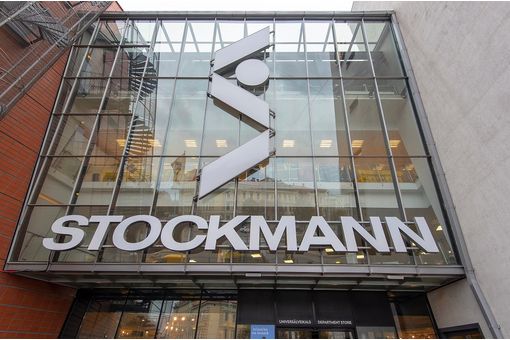Interviews
UK GDP grows for 10th successive quarter
05 Sep '15
3 min read
The second estimate of Gross Domestic Product (GDP) indicates that the UK economy grew by 0.7 per cent in the second quarter of 2015, the tenth successive quarter of output growth. The first information on expenditure components showed continued growth in household spending as well as a strong increase in export growth. Following this period of growth, the UK economy is now estimated to be 5.2 per cent larger than in Q1 2008.
According to the Economic Review September 2015, released by the UK's Office for National Statistics, this recent rise in exports notwithstanding, net trade made a small and erratic contribution to GDP growth during the recovery as a whole. Exports and imports grew at broadly similar rates over this period.
The fall in Consumer Price Inflation (CPI) below 1 per cent in recent months is concentrated in relatively import intensive products. Growth in the GDP deflator - a broad measure of inflation across the economy - has also declined since 2014. Since the downturn growth in the GDP deflator has been lower than growth in consumer prices – explained in part by low capital goods inflation in 2010 and 2011.
While unemployment remained low in Q2 2015, hiring from the unemployed remained strong compared with pre-downturn trends.
Firms are increasingly hiring from those already employed, signalling potential tightness in the labour market.
A concentration of low paid work in particular industries is one factor which may determine the effect that the National Living Wage will have on the labour market.
The largest contribution to quarter on same quarter a year earlier GDP growth came from private consumption, while the contributions of fixed investment and government consumption remained relatively stable.
The review found that growth in goods exports, especially those in finished manufactures, have been as important to export growth as services exports.
While GDP growth has been strong, Consumer Price Inflation (CPI) has fallen in recent quarters mainly due to relatively import intensive goods, such as new cars and other household durable goods.
Comparing CPI to the GDP deflator - which captures the weighted movement in the prices of the goods and services which are included in GDP - suggests that low capital goods inflation partly offset higher consumption inflation during 2010 and 2011. The result is that domestic inflation pressures may therefore have been lower than implied by the CPI until recently.
The unemployment rate in Q2 2015 stood at 5.6 per cent, up slightly from 5.5 per cent in the previous quarter. (SH)
According to the Economic Review September 2015, released by the UK's Office for National Statistics, this recent rise in exports notwithstanding, net trade made a small and erratic contribution to GDP growth during the recovery as a whole. Exports and imports grew at broadly similar rates over this period.
The fall in Consumer Price Inflation (CPI) below 1 per cent in recent months is concentrated in relatively import intensive products. Growth in the GDP deflator - a broad measure of inflation across the economy - has also declined since 2014. Since the downturn growth in the GDP deflator has been lower than growth in consumer prices – explained in part by low capital goods inflation in 2010 and 2011.
While unemployment remained low in Q2 2015, hiring from the unemployed remained strong compared with pre-downturn trends.
Firms are increasingly hiring from those already employed, signalling potential tightness in the labour market.
A concentration of low paid work in particular industries is one factor which may determine the effect that the National Living Wage will have on the labour market.
The largest contribution to quarter on same quarter a year earlier GDP growth came from private consumption, while the contributions of fixed investment and government consumption remained relatively stable.
The review found that growth in goods exports, especially those in finished manufactures, have been as important to export growth as services exports.
While GDP growth has been strong, Consumer Price Inflation (CPI) has fallen in recent quarters mainly due to relatively import intensive goods, such as new cars and other household durable goods.
Comparing CPI to the GDP deflator - which captures the weighted movement in the prices of the goods and services which are included in GDP - suggests that low capital goods inflation partly offset higher consumption inflation during 2010 and 2011. The result is that domestic inflation pressures may therefore have been lower than implied by the CPI until recently.
The unemployment rate in Q2 2015 stood at 5.6 per cent, up slightly from 5.5 per cent in the previous quarter. (SH)
Fibre2Fashion News Desk – India
Popular News
Leave your Comments
Editor’s Pick
Andreas Rass
ZIMMER AUSTRIA | Digital Printing Systems
Charath Narasimhan
Indian Terrain Fashions Ltd
































-Ltd..jpg?tr=w-120,h-60,c-at_max,cm-pad_resize,bg-ffffff)





.jpg?tr=w-120,h-60,c-at_max,cm-pad_resize,bg-ffffff)
.jpg?tr=w-120,h-60,c-at_max,cm-pad_resize,bg-ffffff)






